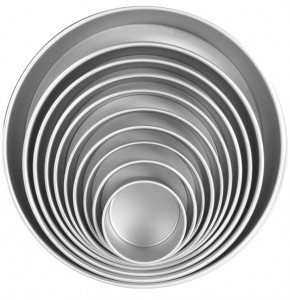
Different sizes of cake tins by Cooks & Kitchens
- Baking sheet/Cookie sheet/Sheet pan/Swiss roll tin/Jelly roll pan
- Dutch oven/Braising pan/Casserole
- Gratin/Baking dish/Baking pan/Casserole
- Pizza stone
- Roasting/Broiling pan
- Soufflé dish/Ramekin
- Terrine mould
- Timbale mould
- Cake tin or Cake pan
- Spring-form pan/Spring-clip tin /Springform pan
- Tart pan/Loose-bottomed tart pan/Quiche pan/Pastry ring
- Bundt pan
- Loaf tin/Loaf pan
- Pie pan/Pie dish
- Tube pan/Savarin pan/Ring mould
These are items of kitchenware that are made for the oven.
Best for: Baking, roasting, stewing, broiling, or braising
How to buy: The main criteria is the material covered below.
Material: This is the most important factor when buying ovenware and bakeware. The material will affect basic properties like suitability for the microwave, oven, and freezer; ability to handle temperature fluctuations; non-stick surface; care involved in maintenance; ability to change size and shape; and ease of cleaning. Heat conduction is also a consideration, though not as important as in pots and pans, since ovenware is slower cooking and the heat comes from all sides. The best material depends on what is being cooked so use the “best for” sections below as a guide.
TYPES OF OVENWARE
ESSENTIAL PANS
Baking sheet/Cookie sheet/Sheet pan/Swiss roll tin/Jelly roll pan(Placca dal forno/Placca per pasticceria/Teglia da forno di pasticceria)
Baking sheet/Cookie sheet
Sheet pan
Swiss roll tin/Jelly roll tin
Best for: Baking biscuits, pastries, free-form breads, cookies, and cakes; roasting meat, potatoes, and vegetables; and for toasting nuts, seeds, breadcrumbs, etc. The four-sided sheets are good for making rolled cakes.
How to buy: These pans are shallow and rectangular. They come in full size (65 X 45cm), three quarters (52.5 X 37.5cm), half size (45 X 32.5cm), and quarter size (32.5 X 22.5cm). Heavy-gauge steel or anodized aluminium are best for baking sheets. The sheet should be flat and hard, conduct heat well, and not warp. Look for light-coloured baking sheets. Don’t buy non-stick baking sheets, particularly if you want to use them with the broiler/grill. Baking sheets are made with 4, 3 or 2 straight sides. Sometimes the pans with 3 sides are called jelly roll or Swiss roll pans while the pans with 2 sides are sometimes called a cookie sheet or baking sheet.
Why buy one? This pan is indispensable; there is no substitute for it.
How to use: To toast food, place the items on the tray in a single layer and place in the oven, shaking occasionally until evenly toasted. To bake food, follow the instructions in the recipe and bake in the oven. Fill the trays uniformly and heat gradually to ensure they don’t warp.
Dutch oven/Braising pan/Casserole (Brasiera)
Best for: Braising and stewing.
How to buy: This pan is shallow, wide, and straight-sided with a heavy bottom and an oven-proof lid. It can be oval, rectangular, or round. Casseroles come in all different sizes but ideally are made of a heavy material that slowly conducts heat so that it retains the heat and moisture for as long as possible. The dish size should just fit the contents so that as little liquid as possible is needed to braise the meat or vegetables. The lid should seal tightly to retain the moisture so steam does not escape and any condensation falls back into the pot. The handles should be firmly attached and easy to grab (particularly if the pot is heavy) but fit easily into the oven. I have two: a heavy bottomed copper braising pot lined with tin which is better for searing first and baking afterwards. I also use this for soups. My second braising pan is the 28cm 7 ¼ quart Le Creuset enamelled cast iron Dutch oven which I use for braising in particular. Glass or earthenware casseroles are also good but cannot be used on the stove top.
Why buy one? You can use a clay pot instead but you should add a layer of aluminium foil over the top before covering with the lid to ensure the steam doesn’t escape. If you use a clay pot but want to sear the food first, do it in another pan and then add it to the clay pot. Braising pots have the advantage of not being temperature sensitive so they can go from hot to cold and also be used to sear food on the stove top (hob) top.
How to use it: For braising, meats may or may not be browned first (only if the pan is made of metal) and then are slowly cooked on low heat with little liquid covering about one third of the meat and a tight-fitting lid. For stewing, the method is similar but the meat is cut into small pieces and requires more liquid.
Gratin/Baking dish/Baking pan/Casserole (Tegame)
Round gratin pan
Rectangular baking dish
Best for: Lasagne, baked pasta, aubergine Parmigiana, gratin vegetables or seafood, etc.
How to buy: These dishes are shallow. They can be round, square, oval, or rectangular and come in a variety of sizes. They can be made out of copper, enamelled cast iron, porcelain, stoneware, enamelled steel, glass, or earthenware. Baking dishes should ideally be able to be used with the grill and transferred from a hot oven directly to the dining table. I use my glass baking dish but it can’t go under the broiler/grill. If the broiler I use my Le Creuset baking dish.
Why buy one? Because they are shallow, you cannot replace them with a clay pot – the contents won’t brown properly. If you intend to bake any of the dishes above, you will need this dish.
How to use: Follow the recipe: place the food in the dish, the dish in the oven, and remove when the top is golden brown.
SPECIALTY PANS
Pizza stone (Pietra refrattaria)
Best for: Pizzas and free-form breads.
How to buy: Pizza stones can be square or round, and are made from clay, stone, slate or concrete (not recommended). You can also use slate or unglazed, lead-free terracotta tiles. The square stones give you a larger surface area. Make sure the stone will fit in your oven before buying. Thicker stones are better at retaining heat but need to be light enough to handle. The porousness of stone makes it a better material than metal which traps the moisture between crust and tray and makes the crust soggy. Even my perforated metal pizza tray cannot compete with my pizza stone.
Why buy one? Nobody likes a soggy crust, and a stone will give you a good crisp crust every time. The stone also absorbs the heat and keeps the crust at a consistent temperature.
How to use: Place the pizza stone in the cold oven before bringing the oven to the required temperature. Place the pizza on the hot stone and cook as per the recipe. Be careful about moving the stone as it cannot tolerate big temperature variations. Allow the stone to cool in the oven. Stones are sensitive to moisture so keep them dry. The porous stones are best not washed with soap; expect some discolouration over time.
Roasting/Broiling pan (Rostiera)
Best for: Roasting or broiling.
How to buy: These are rectangular pans of varying sizes with medium-high sides. They are ideally made from stainless steel, aluminized steel, or anodized aluminium and have racks for suspending the meat above the fat and juices. This is particularly helpful for fatty meat and meat which requires long roasting times. Look for heavy pans that fit in your oven while leaving room on all sides. Non-stick pans are easy to clean but cannot be used under the broiler/grill; I prefer not to buy non-stick. Look for well-connected, fairly large loop handles (to make them easy to grip comfortably in your gloved hands). Handles that stand upright or that fold down on hinges are best: they don’t take up valuable oven space.
Why buy one? For roasting or broiling meat you can use a lipped metal tray with a wire rack on it, but these tend to be shallow and you risk spilling the liquid. Roasting pans are ideal because you can cover them if necessary; the pans are deep enough to retain liquid and can be used to deglaze the pan on the stove top (hob) top.
How to use: Place the meat in the pan and place under the broiler or place in a hot oven.
Soufflé dish/Ramekin (Pirofila/Stampo/Recipiente per soufflé-ramequin)
Best for: Good for panna cotta, puddings, gratins, etc.
How to buy: Soufflé dishes can be large or small, individual ramekins. They are usually oval or round; deep, with straight sides; and made out of porcelain, stoneware, enamelled cast iron, or glass. They should be suitable for taking straight from the oven to the dining table.
Why buy one? Certain recipes require this equipment. The tall straight sides are perfect for soufflés, and for individual portions they are irreplaceable. When I am not using them for baking, I use them to keep all my chopped ingredients separate and organised before I start cooking.
How to use: Use depends on the recipe.
Terrine mould (Terrina)
How to buy: This mould is long and narrow. The material may be earthenware, terracotta, porcelain, or enamelled cast iron. They are typically oval or rectangular and often have a lid to let the steam escape.
Why buy one? Only buy one if you are making a terrine, but if you do make terrines they are invaluable. Otherwise use a loaf tin of the size that fits your recipe, although the metal tin may conduct heat too rapidly for a terrine
How to use: Follow the individual recipe and fill the terrine mould. Follow the recipe to bake or not.
Timbale mould (Stampo per timballo)
Best for: Timbale, moulding food.
How to buy: These come in a variety of shapes and sizes and are generally made of metal or ceramic. Buy the shape and size to fit the recipe you are making.
Why buy one? Some recipes may require this mould. If you don’t think you will be using it very often, the expenditure may not be worth your while.
How to use: Follow the recipe, fill the mould, and bake.
BAKEWARE
ESSENTIAL PANS
Cake tin or Cake pan (Tortiera)
Circular cake pan
Best for: Cakes and layered sponge cakes.
How to buy: A shallow, round tin for making the layers of a layered sponge cake. Shiny aluminium tins are best as they deflect the heat and the cake cooks evenly and quickly. As these cakes are thin and cook quickly, they don’t need slow-heating stainless steel.
Why buy one? If you under-fill a larger cake pan, it is difficult to get the cakes the same size so your layers will be uneven. Also, your cake may bake too quickly and get overcooked or burnt. The cake may turn out dry or tough.
How to use: Follow the individual recipe and add the batter to the pan and bake.
Spring-form pan/Spring-clip tin /Springform pan (Tortiera apribile)
Best for: Baking cakes, particularly delicate, crumbly, or tall cakes.
How to buy: A spring-form pan is a straight-sided round tin which comes in a variety of sizes, from around 10-24cm in diameter. The tin has two pieces: a removable base, and a ring with a spring clip which secures it tightly to the base and allows it to be removed easily when the cake has finished baking. This is particularly important if the cake is delicate or crumbly. These tins only come in metal. Look for heavy gauge aluminium tins (they heat more evenly) or tinned heavy gauge stainless steel. They should be medium-dark in colour (to achieve the right amount of browning). As the tin is deep and the cakes will cook for a relatively long time, you will need a heavy gauge pan to ensure they don’t burn or dry out. Some tins come with a removable centre tube so it can double as a tube tin.
Why buy one? This is essential cake-making equipment I use mine frequently as it makes it so easy to remove the cake from the tin without destroying it. If you are thinking of substituting two smaller cake tins, bear in mind that the cooking time and potentially the texture of the cake will be different. You will probably end up with an overcooked cake. If you overfill the smaller cake pans, they will probably spill over so the cake will be unattractive and create a mess in the oven. They may also bake unevenly, leaving the centre wet, the edges dry, and the cake sunken in the middle.
How to use: Assemble the tin by putting the base in the ring and closing the spring clip. Grease and line the pan with baking paper. Follow the recipe, add the batter to the pan and bake. Some recipes may require the pan to be partially immersed in water while baking or for the pan to be double layered with paper to inhibit burning.
Tart pan/Loose-bottomed tart pan/Quiche pan/Pastry ring (Tortiera a fondo mobile)
Tart pan/Quiche pan
Pastry ring
Best for: Tarts, quiche.
How to buy: These tins are shallow and their sides are either smooth on the inside or fluted. They can be round, rectangular, or square, and come in porcelain, toughened glass, or metal. Tinned steel, loose-bottomed pans are best for more fragile tarts as they are the easiest to remove and ensure crisp pastry. Pastry rings have just the sides of the pan without a bottom and are used together with a cookie sheet to bake pastry. Pastry rings produce a crisper pastry since it has no bottom, the pastry can be removed immediately easily after baking. This is because humidity accumulates between the metal pan and the pastry as it cools. I don’t think it’s necessary to buy a non-stick pan.
Why buy one? Certain recipes require it.
How to use: Follow the individual recipe and bake. If using a pastry ring, rub the ring with oil and place on a parchment paper lined cookie sheet. Fit the pastry into the ring, ensuring the pastry is at a 90˚angle where the ring meets the sheet so that the pastry does not slide. Once baked, remove from the oven and slide the pastry on the paper off of the sheet onto a wire cooling rack, gently remove the paper.
SPECIALTY PANS
Bundt pan (Stampo da budino)
Best for: Cakes.
How to buy: This pan is round and deep, and has a tube in the centre and straight sides. Some come in ornate shapes or with decorative impressions in the tin. They may be made out of tin, aluminium, tinned iron, or stainless steel. It is best to buy one with a non-stick finish for easy removal of the food.
Why buy one? Certain recipes require it.
How to use: Follow the individual recipe, add the mixture to the pan, and bake.
Loaf tin/Loaf pan (Stampo da plum cake)


Best for: Bread, cakes, meatloaves, and terrines.
How to buy: These tins are deep and have straight or slightly flared sides. It is best to buy one with a medium-dark non-stick finish or hinged with drop-down sides for easy removal of the food. Narrow models will cook more uniformly. I prefer glass or aluminized steel for this pan.
Why buy one: Certain recipes require it.
How to use: Follow the individual recipe, add the mixture to the pan and bake.
Pie pan/Pie dish (Stampo rotondo)
Best for: Pies – sweet and savoury
How to buy: These are round or oval pans with flared sides which come in a variety of sizes. They are made from earthenware, porcelain, enamelled cast iron, tin, and toughened glass. Pies with only pastry on the bottom are better in a glass pan. Pies and quiches with crust on both top and bottom will be better in a metal pie tin, as the bottom crust crisps better in metal.
Why buy one? Certain recipes require it.
How to use: Follow the individual recipe, add the mixture to the pan and bake. For glass pans you will need to reduce your oven temperature by 10° C.
Tube pan/Savarin pan/Ring mould (Bordura/Savarin/Stampo a ciambella)
How to buy: These tins are deep and round, and have a tube in the centre and straight or slightly flared sides. They vary in size from 4-30cm. Best with non-stick finish or with removable sides for easy removal of the food. Look for pans that are heavy gauge aluminized steel or heavy gauge anodized aluminium. They should have a dark colour finish and a minimum of seams so they don’t leak.
Why buy one? Certain recipes require it.
How to use: Follow the individual recipe, add the mixture to the pan and bake.






















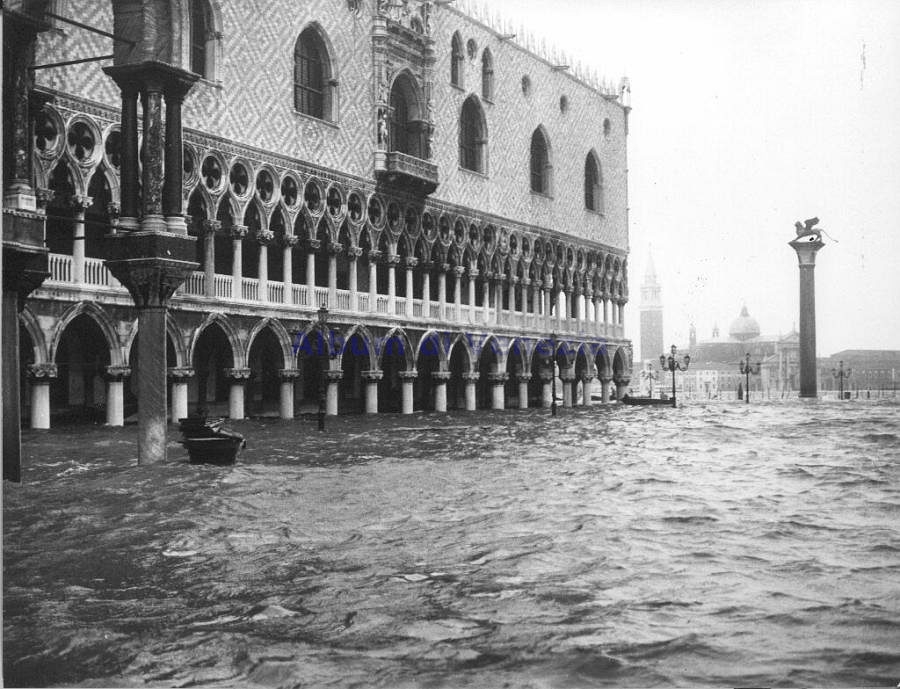
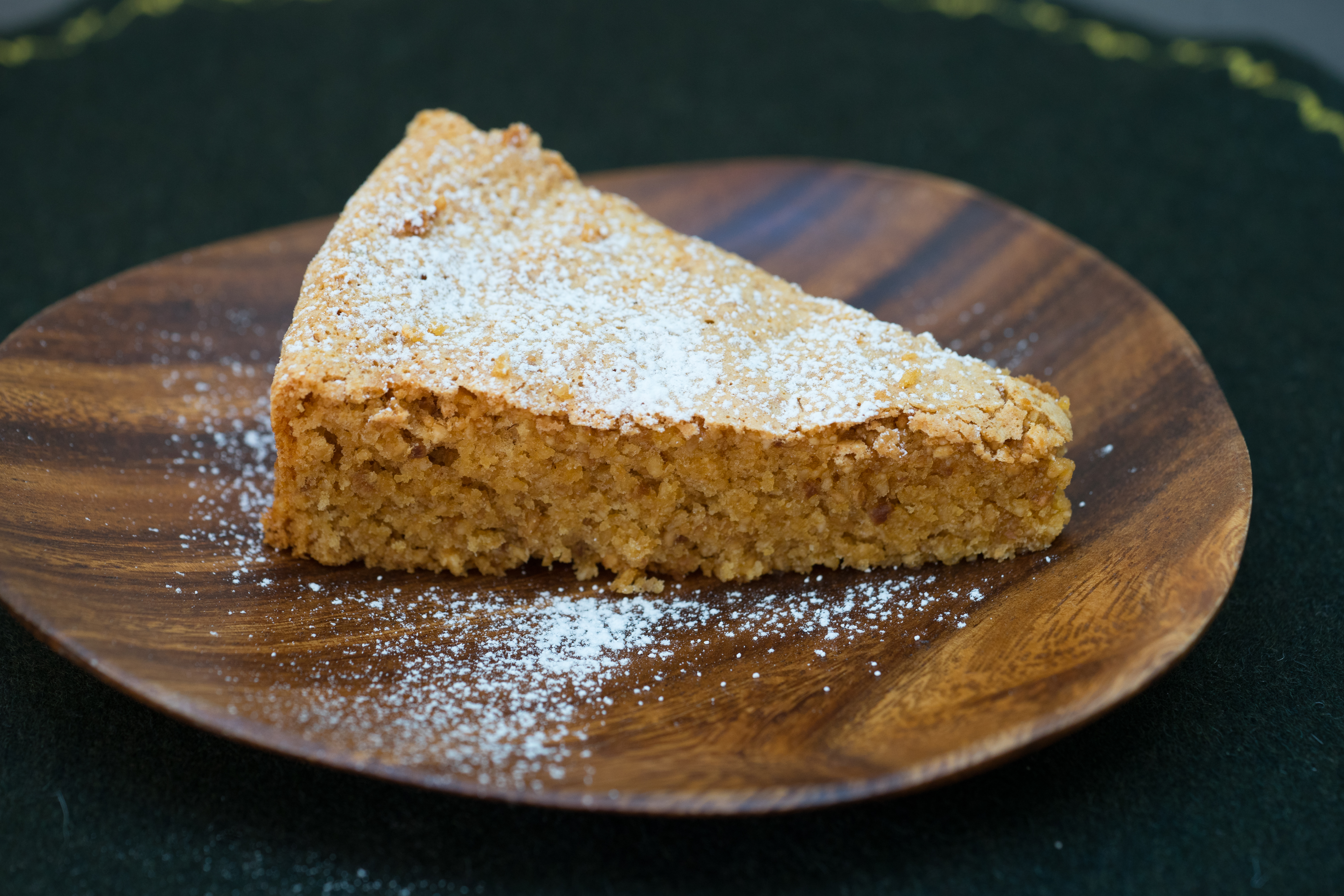
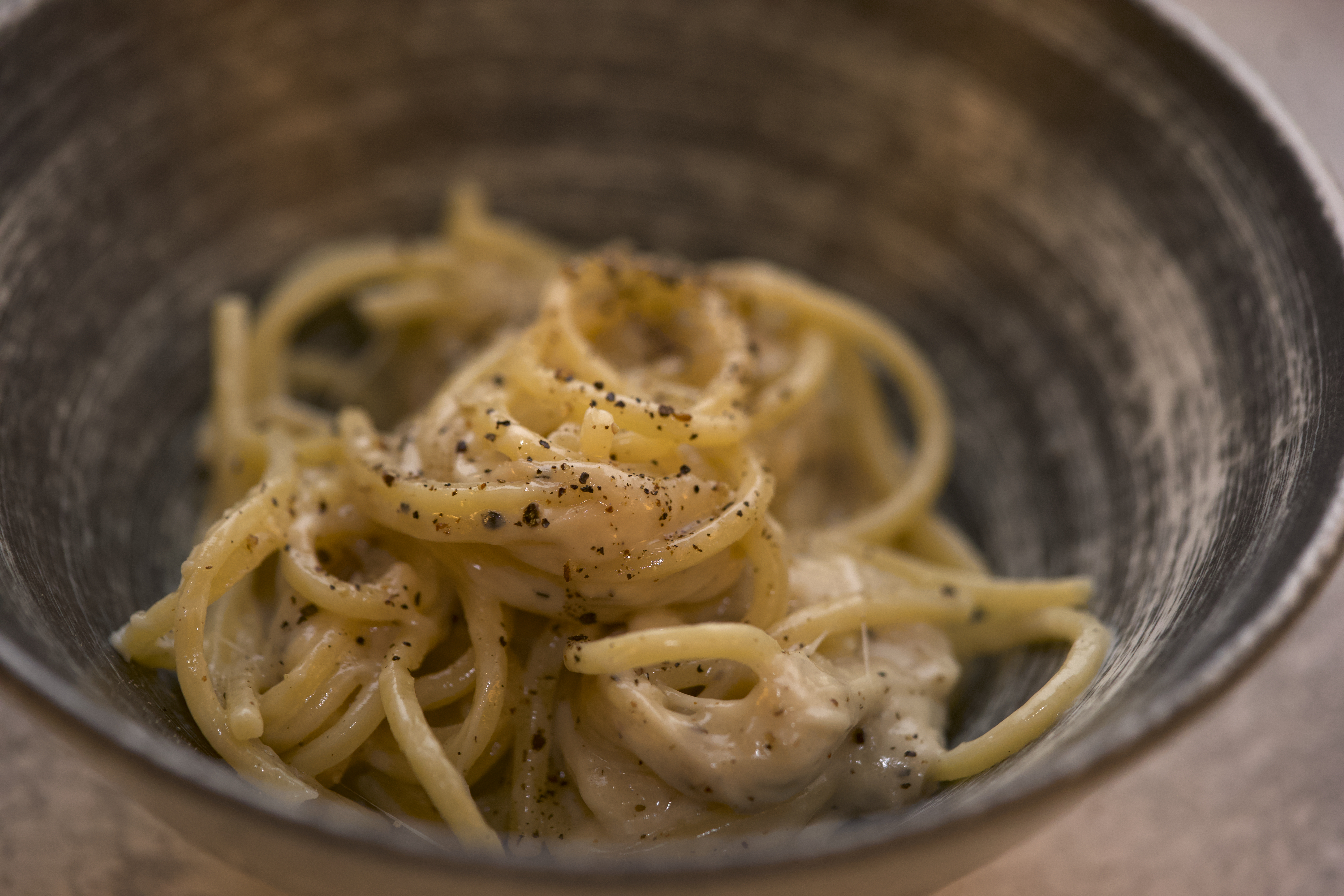
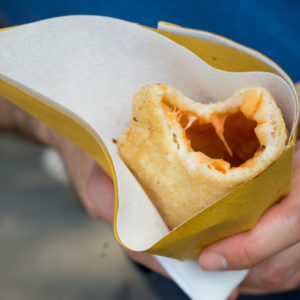
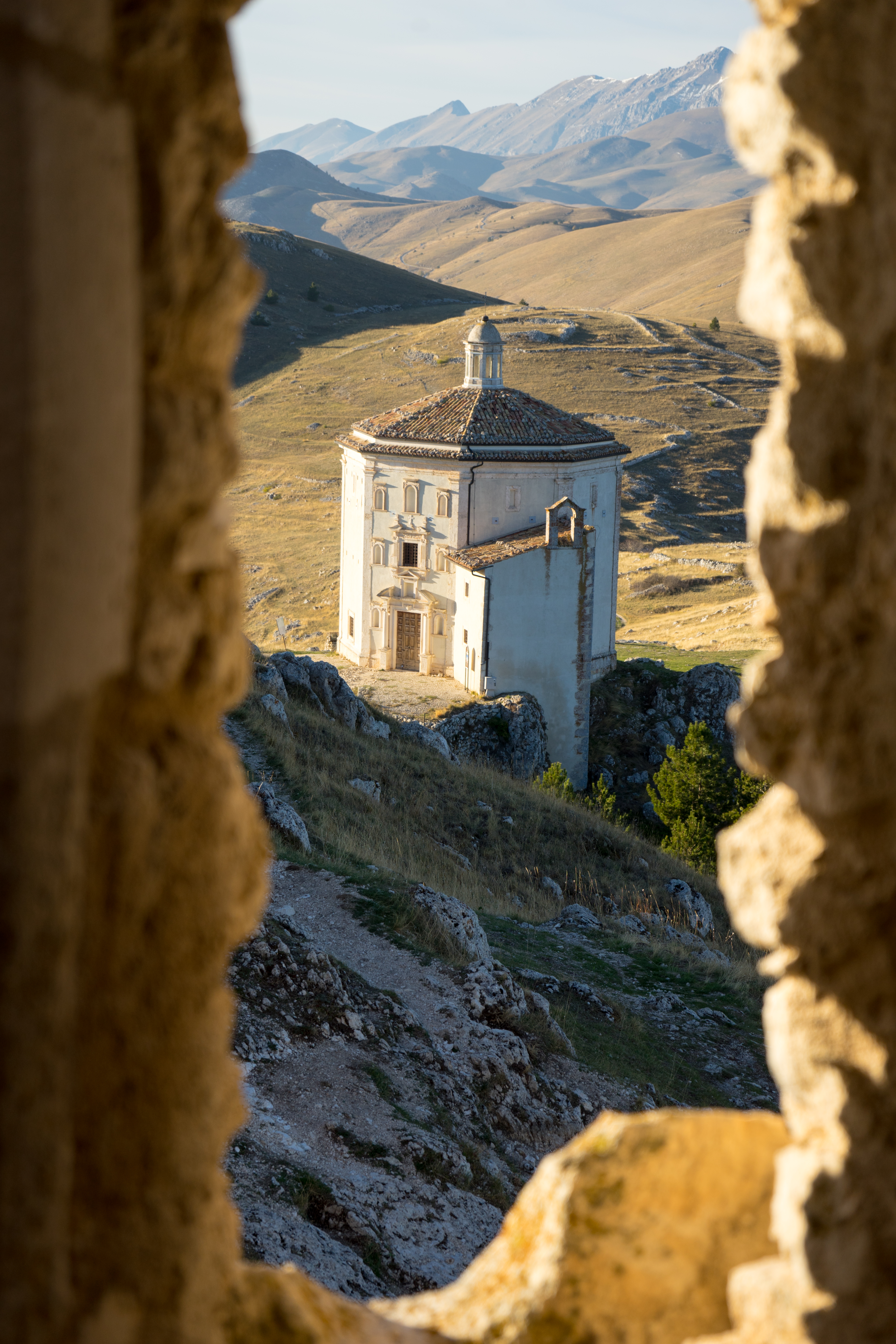
Leave a Reply